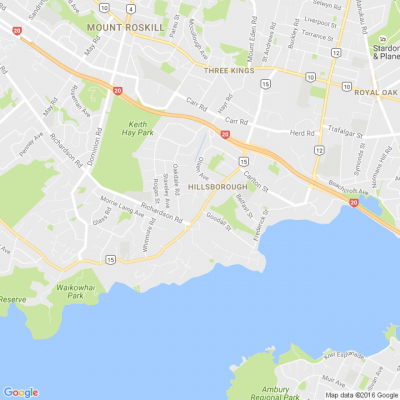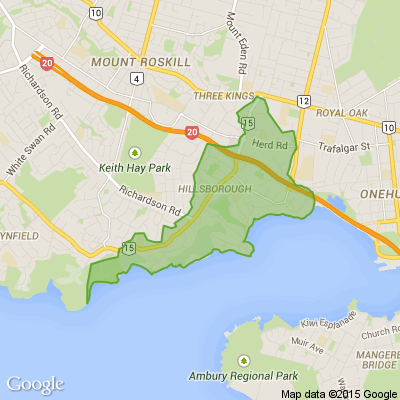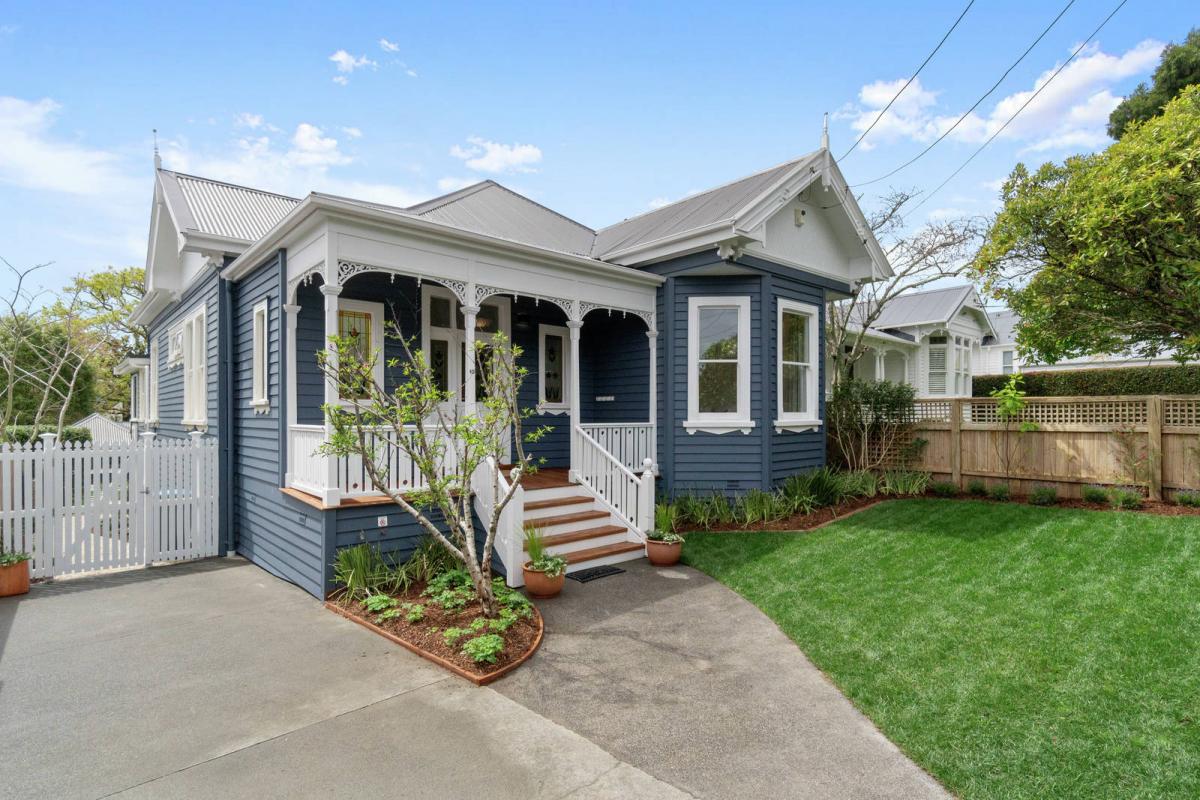How are the minimum wage and the living wage different?
The minimum wage went up about 7% to $22.70 on April 1, while the living wage will rise by 9.9% to $26 from September 1 this year.
Both changes reflect New Zealand's high cost of living at the moment, but the two figures are set by different people and they have different impacts on different groups of Kiwis. Here's what it all means.
What is the minimum wage?
=======================
The minimum wage is a legal obligation, set by the government and reviewed each year. It applies to most employees aged 16 years or over, and it's the lowest amount an employer can pay their employee (before tax).
The Ministry of Business, Innovation and Employment estimates about 222,900 people will see their pay rise with the latest hike.
As well as the adult minimum wage, there's a starting-out minimum wage — now $18.16 — for some 16 to 19-year-old employees who haven't been with their current employer for six continuous months yet, or are still undertaking industry training. It is 80% of the adult minimum wage.
But "if an employee is supervising or training other workers, then the starting-out minimum wage doesn't apply and they must be paid at least the adult minimum wage", the Employment NZ website clarifies.
There's also a training minimum wage — also $18.16 — for certain employees, including many apprentices, who are over 20 and undergoing an approved industry training programme.
It doesn't apply to employees who are being trained at work, and again, it doesn't apply to employees supervising or training others.
Are there any exceptions to the rule?
=============================
Not everyone's pay rate is covered by the legislation that sets the minimum wage.
Migrant workers have the same minimum employment rights as Kiwi workers, but a small number of people with disabilities that affect their work are paid less than the minimum wage.
There is no minimum wage for employees under 16, while "inmates of any charitable institution (who aren't living there just because they're employees) who do any work as inmates" are also exempt, as are prisoners working while in custody.
How's the living wage different?
==========================
The living wage is an opt-in rate, released by a group called the Living Wage Movement Aotearoa New Zealand.
In their words, the living wage "means thriving, not just surviving".
It's currently $23.65, and accredited living wage employers pledge to pay at least that amount to all staff and regular contractors.
Like the minimum wage, the cost of living is a key factor in how it's calculated. It is worked out independently, using the latest data and movement in New Zealand’s average hourly earnings.
Living wage employers must meet certain criteria.
How have the two been tracking?
==========================
Both wages have been rising for years, with the current hikes coming as inflation is close to a 32-year high at 7.2%.
The minimum wage was set at just $8.50 two decades ago, from March 24, 2003.
It hit $13 on April 1, 2011, and rose steadily from there before reaching $20 for the first time on April 1, 2021.
The first living wage in New Zealand was set at $18.40 in 2013. At the time, the minimum wage was $13.75.
The living wage cleared $20 within a few years, set at $20.20 in 2017.
Since September 1 last year, it's been $23.65, and the new rate later this year will be the first time it's cleared $25.
================================================
www.1news.co.nz...
================================================

Neighbourhood Challenge: Who Can Crack This One? ⛓️💥❔
What has a head but no brain?
Do you think you know the answer? Simply 'Like' this post if you know the answer and the big reveal will be posted in the comments at 2pm on the day!
Want to stop seeing these in your newsfeed?
Head here and hover on the Following button on the top right of the page (and it will show Unfollow) and then click it. If it is giving you the option to Follow, then you've successfully unfollowed the Riddles page.

Christmas gifts stolen from parked car prompts warning over holiday break-ins
An Auckland man whose Christmas presents were stolen from his car on a quiet street is warning others not to repeat his mistake.
Police and the AA say opportunistic thieves are breaking into cars more frequently during the Christmas period.
Jeremy Rees, an RNZ staff member in Auckland, had packed his car full of gifts when he decided to visit a friend.
“Everyone had handed over presents and we had a couple of bags full of presents sitting in the back of the car,” he said.
“I decided it would be great to go around and see a friend, drop off some presents and say hello. My wife said to me, ‘Are you sure we should be taking this car?’ I said, ‘I’m sure it’ll be fine’.
“I think it was only 20 minutes outside their house, a very quiet street. It was light [outside]. We came out and my wife pointed out that someone had smashed the rear window, reached in and grabbed the presents, and headed away.
“It was a shock. It was a shock partly because of the Christmas presents and partly because my wife had been telling me, ‘Don’t do that’.”
AA Insurance head of motor claims Beau Paparoa said roadside staff were responding to smashed windows more often.
“We definitely see car break-ins starting to occur a lot more around this time of year. We’re often hearing from customers and some of our roadside teams that there’s definitely a bit more opportunistic theft happening,” he said.
“We’re putting that down to it being a busy time of year. Everyone’s out doing their Christmas shopping and there’s much more presence of gifts and valuables being visible in the car.”
He encouraged people to be careful and make sure valuables were hidden from view.
“In terms of any valuables, if you’ve done some Christmas shopping, or if generally you’ve got valuables in your car, try [to] keep them locked away or out of sight – in your boot if you can,” he said.
“Where you’re parking is possibly a good thing to think about. If you can afford to, don’t park on the street, but if you have to park on-street, make sure you park in well-lit areas.”
Police said it was not uncommon for Christmas presents to be stolen.
“The key is to remove any opportunity. This includes taking valuables or documents out of vehicles wherever possible,” a spokesperson said.
Rees said he wished he had followed that advice.
“I feel a bit stupid, to be absolutely honest. I read all of the things from police saying ‘don’t do this, don’t pack your car, don’t just leave it on the street’, and I did exactly the opposite and I paid the price.”
========================================================
Auckland Harbour Bridge summer works
NZ Transport Agency Waka Kotahi is carrying out essential maintenance on the Auckland Harbour Bridge this December and January. The southbound clip-on lanes will be closed (24/7) from 26 December to 5 January for road resurfacing. Night-time lane restrictions will be in place throughout the summer for recoating work on the bridge. Traffic will still be able to travel in both directions at all times.








 Loading…
Loading…




